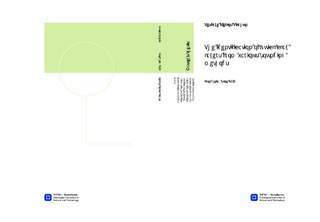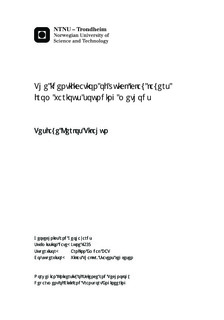| dc.contributor.advisor | Emdal, Arnfinn | nb_NO |
| dc.contributor.advisor | Thakur, Vikas | nb_NO |
| dc.contributor.author | Tilahun, Tesfaye Kerlos | nb_NO |
| dc.date.accessioned | 2014-12-19T11:32:20Z | |
| dc.date.available | 2014-12-19T11:32:20Z | |
| dc.date.created | 2013-10-29 | nb_NO |
| dc.date.issued | 2013 | nb_NO |
| dc.identifier | 660426 | nb_NO |
| dc.identifier | ntnudaim:10079 | nb_NO |
| dc.identifier.uri | http://hdl.handle.net/11250/232694 | |
| dc.description.abstract | Numerous quick clay identification methods are reported to locate the quick clay layer from CPTu, rotary or total sounding data and electrical resistivity test results. However, their validity still needs to be verified by laboratory test results. The present interpretation analysis shows that the CPTu identification methods are capable of interpreting the subsurface soil type with a good accuracy and these results compare well with the laboratory test results.The study has shown that there is a general correlation between the slope of the pushing force to depth curve and the sensitivity or quickness of the soil at the same depth. However, since there is no direct connection between pushing force and sensitivity, there is a large variation in sensitivity for any given slope of the sounding curves, except for the very flattest. | nb_NO |
| dc.language | eng | nb_NO |
| dc.publisher | Institutt for bygg, anlegg og transport | nb_NO |
| dc.title | The identification of quick clay layers from various sounding methods | nb_NO |
| dc.type | Master thesis | nb_NO |
| dc.source.pagenumber | 132 | nb_NO |
| dc.contributor.department | Norges teknisk-naturvitenskapelige universitet, Fakultet for ingeniørvitenskap og teknologi, Institutt for bygg, anlegg og transport | nb_NO |

